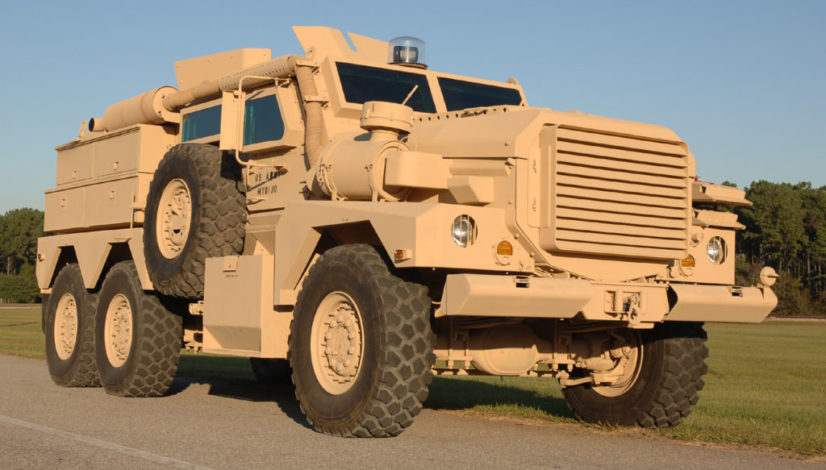Industrial Paint: Electrostatic, E- Coat, Liquid, Powder Coating, And CARC
When it comes to industrial paint, we find a multiplicity of types of available materials. There is one for every need and type of surface to be coated. Whether it is to paint a car, a house, an appliance, a piece of furniture, or another good.
Therefore, the text of this post will examine three types of paint with particular characteristics that are predominantly used in the industry. With this information, interested parties can choose the one that is most appropriate for their needs.
Electrostatic painting
Electrostatic painting is also known as baked painting or powder painting. It is a type of industrial painting that uses static electricity to coat manufactured surfaces.
This paint is composed of both fine and solid mineral particles, together with homogeneously mixed resins and pigments.
It is applied using a paint gun that projects dry powder that is mixed in fluid towards hanging and grounded parts inside of a booth. These paint particles have previously received a corresponding static charge. After they have been coated, the parts go to a curing oven that will allow the paint to be sealed and achieve the desired result.
Types of Electrostatic Paint
Regarding the types of paint, electrostatic has the great advantage of being highly ecologically friendly. As such, it does not leave residues or requires solvents when used, unlike the case of traditional liquid paints.
In addition, it is more resistant, provides an impeccable finish, and is of high quality. Thanks to these physical properties, electrostatic stands out from conventional paints.
E-coat
E – coat or electrophoretic industrial paint, is a type of coating that uses electroplating technology. This consists of immersing the substrate in a bath or aqueous solution formed by pigments, polymeric resins, demineralized water, and additives.
Once in the bath, an electric current is applied, so that a chemical reaction occurs in said paint components. This allows them to adhere or to be deposited on the surface of the pieces.
Advantages of using Electrostatic Paint E-coat
This type of coating has great advantages. As a result of the process that it employs, it can support a high level of productivity. This is true even in the case of the painting of large pieces.
At the same time, it gives them a uniform coating, both inside and outside the piece. During the process, the parts are isolated once they are coated. This is done so that they do not allow the parts to adhere to another layer or increase the thickness of the paint.
Likewise, E – coat achieves quality finishes and great resistance. Although in the past this type of paint was used exclusively by the automotive industry, today this category of types of paint is used to coat a variety of pieces. Among them are furniture components, toys, jewelry, telephone and computer equipment, as well as many more.
Liquid industrial paint
Liquid paint is one of the most conventional materials that is used. This is due to its repeated use over time and easy application. As its name indicates, it is a substance in a liquid state that is composed of pigments that must be mixed with binders, volatile solvents, and additives. This type of industrial paint works by keeping the pigment protected and in place with its drying agents and stabilizers, respectively.
This organic coating is easily used on surfaces of various applicators. Some of these are simpler and more conventional than others. Once applied, it must dry until it forms a solid film that, finally, becomes the coating that beautifies the pieces.
A disadvantage of this type of industrial paint to certain parts is that it can form bubbles when applied to products and generate environmental waste.
These three types of paint are distinguished by their physical properties, environmental benefits, and application technologies. However, each one adapts to a diversity of surfaces and every need, related to investment, impact on the environment, volume of parts production, among other aspects.
Powder Coating
This type of an industrial paint has a wide range of colors and is made with organic polymers. Because of this, its preparation is less harmful than that of oil-based or vinyl paints. It is also free from the use of solvents, which is a plus. Powder coating is eco-friendly because by not producing toxic solvent waste, it does not pollute the air. This gives it a great advantage over the traditional way of painting.
Chemical Agent Resistant Coating (CARC)
Chemical agent-resistant coating, or CARC, is a type of paint that is used on combat vehicles and other military equipment. It protects them from chemical spills and, as a result, makes them much more durable. There are several layers required before CARC can be applied, and the final layer is toxic and should be applied carefully in a well-ventilated place. With some basic precautions CARC can be applied safely to industrial paint.
Applications of Electrostatic Painting
Automotive industry
A wide range of powder coat finishes is utilized by the automotive industry to cover parts such as chassis and trim, aluminum wheels, and mechanical components.
Architecture
Electrostatic painting protects architectural elements that are exposed to rough use or the elements. Natural conditions can accelerate wear and tear and, in some cases, conventional industrial paint is not enough.
White Goods
Extreme heat and cold can affect many paints and coatings. Powder paint is capable of withstanding a large range of temperature fluctuations without wearing out or peeling off. For this reason, it is advisable to use powder coatings for ovens, microwaves, stoves, and refrigerators.
Outdoor furniture
Everything from playground equipment and park equipment to lawn chairs should be protected with powder paint (electrostatic paint). This finish provides an aesthetically pleasing look and helps protect furniture from corrosion, no matter how many years it is in the sun or cold.

